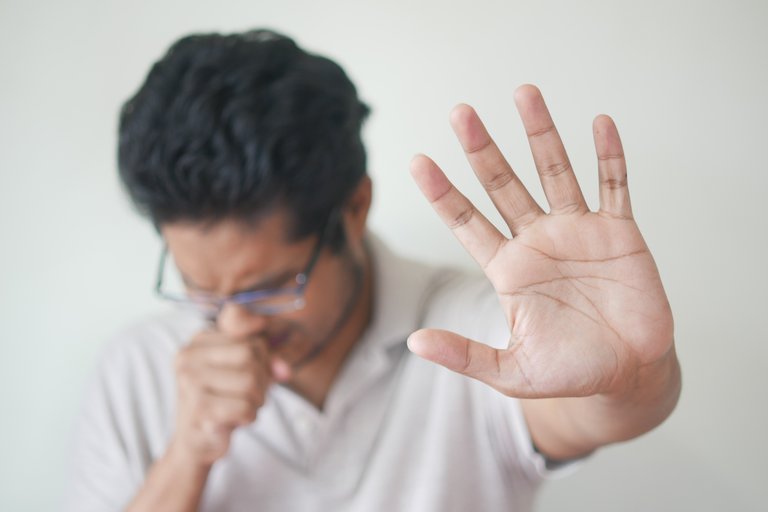What Happens When Food Goes the Wrong Way
Have you ever wondered what happens when your meal takes a wrong turn inside your body? Before you start pondering which way is truly "wrong," remember that there are essentially two routes your food can take – it's either on the path to digestion or the road less traveled. So, let's dive into how food sometimes ventures into the wrong tube and the consequences that follow.
The journey begins at the oral cavity or the mouth which is made up of the tongue, and the palates (hard and soft palate) which separates the oral cavity from the nasal cavity. When food gets into the mouth, the tongue will help to mix and move the food toward the esophagus where there is also the pharynx. The pharynx includes the upper pharynx (nasopharynx), the oral pharynx, and the laryngopharynx.
The laryngopharynx connects to the larynx, commonly known as the voice box due to its role in controlling pitch. The next stop for your meal is the epiglottis, a structure made of elastic cartilage (the same type found in the external ear). During normal breathing, the epiglottis is positioned upward, allowing air access to the trachea. However, when we eat, the epiglottis swings into action, effectively blocking the trachea and facilitating the passage of food into the esophagus.
The trachea is part of the respiratory tract, and the esophagus is part of the digestive tract. The epiglottis protects food and drinks from getting to the trachea. So what happens when there is a mixup. When we swallow food, the food assists in pushing the epiglottis downwards but doesn't end there. The hyoid bone is connected to the epiglottis, and it is essential for talking and swallowing, so it helps the epiglottis go down as well. Also, there are muscles at the side of the epiglottis that contract, thereby pulling the epiglottis downwards causing it to block the trachea.
You can only perform one of two functions at a time; either breathing or swallowing and breathing or talking. Attempting to multitask by breathing and swallowing simultaneously can lead to a mix-up, diverting food to the wrong destination. This wrong movement of particles can also occur during laughter, hiccups, and sudden surprises while eating. When this happens, the food may find its way into the respiratory system, triggering a cough reflex.
The cough reflex protects us from getting into the lungs. In the trachea, there are receptor neurons lining walls that sense when there are foreign substances which isn't air going into the trachea and would trigger a reflex through the spinal cord, then to the brainstem which would send signals to the diaphragm and the intercostal muscles to contract and release cough thereby causing air to be pushed aggressively through the trachea, causing the foreign particles to be pushed out.
If these particles manage to breach the trachea and reach the lungs, liquids can permeate lung tissue, while solid food may become lodged in the lung's smaller branches. This condition, known as aspiration, leads to an immune response that results in inflammation of the respiratory tract, a condition called pneumonitis. In severe cases where the trachea is significantly blocked, asphyxiation can occur, leading to suffocation and, ultimately, death.
Reference
- https://www.cedars-sinai.org
- https://www.ncbi.nlm.nih.gov/pmc/articles/PMC3415124/
- https://www.ncbi.nlm.nih.gov/pmc/articles/PMC6502102/
- https://pneumonia.biomedcentral.com
- https://www.ncbi.nlm.nih.gov/pmc/articles/PMC2749282/
- https://www.msdmanuals.com
- https://www.ncbi.nlm.nih.gov/books/NBK556044/
- https://bio.libretexts.org


Thanks for your contribution to the STEMsocial community. Feel free to join us on discord to get to know the rest of us!
Please consider delegating to the @stemsocial account (85% of the curation rewards are returned).
Thanks for including @stemsocial as a beneficiary, which gives you stronger support.